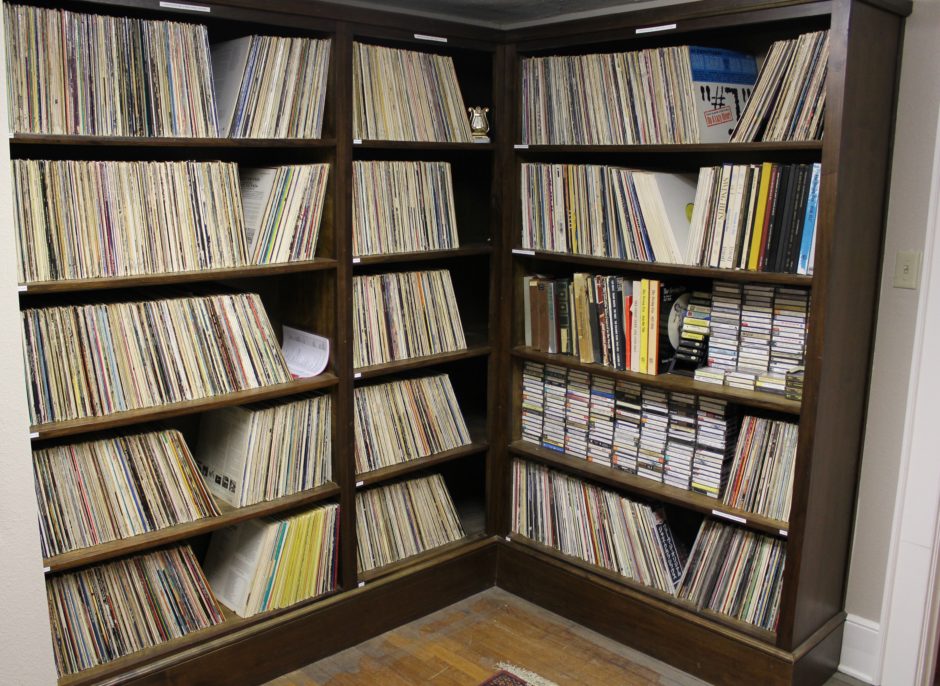http://youtu.be/fz_3uzUPu7w
Before we started the jazz museum in 2010 my parents owned an American Victorian antique museum in the same building. It operated from about 1992-2008. When my father died in 2008, we were in the process of adding a jazz museum on the top floor. However, after he died, my sister and I split the foundation, with her foundation taking the antiques, and ours taking the building and jazz artifacts we had already acquired. We have been adding to the jazz museum’s collection ever since, and the antiques were all donated to various charities and other museums.
This is a bit of how things looked in the late 90’s, as seen on this TV spot in Sherman. The building is an old Masonic temple built in 1924. My parents bought it in 1985 in a sealed auction directly from the Masons, who wanted to build a one story structure. The building is perfect for a museum, having been built about the same time jazz was becoming popular in America. Elevators were not that common in buildings in 1924, so we will have to someday configure an elevator into the building to help get people up and down the three floors. It’s a reminder to me how tough the people must have been in 1924.
In the past year we have added all new air conditioners and LED lights to help modernize the building. We have acquired donations of around 5,500 jazz albums for people to see when they come to the museum. It’s not just the liner notes that tell the story of jazz that is fun to see, it’s also the album cover artwork that is interesting. Album covers and liner notes are disappearing as people download music, so these albums are becoming more interesting to see as time goes by. We are living in a world today without liner notes with our music. I’m wondering how that happened, and how will we know who is playing on the music we download, or see what they look like, not to mention who did the arrangements. How will we research our music history going forward and see what was happening at any certain point in time? All we will have is the music, if we don’t have any liner notes.
